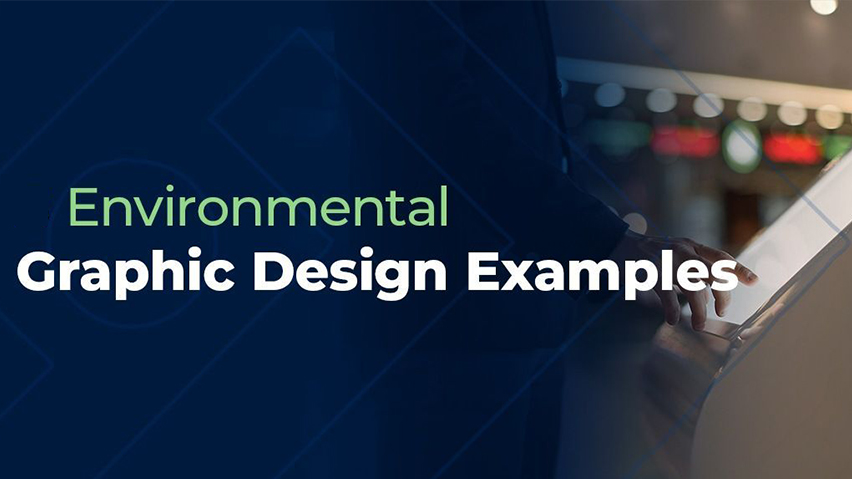
Environmental graphic design visually connects people to places to improve their overall experience by making spaces more memorable, interesting, informative or easier to navigate. Environmental design is a broad type of design, here are some examples:
Wayfinding is a specific type of environmental graphic design that consists of strategic signage, landmarks and visual cues that help people identify where they are and where they need to go so they can get there without confusion.
Environmental graphic design is a multidisciplinary practice that merges graphic, architectural, interior, landscape and industrial design. Designers collaborate with people in any number of these fields to plan and implement their designs. Because of that, designers typically have education and experience in both graphic design and architecture. They must be familiar with industrial design concepts and able to read and sketch architectural plans.
Traditionally, environmental graphic design has produced static print pieces, but digital interactive displays continue to rise in popularity as a means of creating a more engaging experience.

202-586 Leon Ave, Kelowna, BC V1Y, 6J6
☎ 647-450-0300 ☎
info@karenoart.com
Kareno is trying to satisfy its customers by providing quality and professional services at the level of global standards. We are trying to deliver a suitable product to you by gathering professional staff. The range of our services is very wide, and you can implement any design and order you are interested in in the field of graphics using our team.

